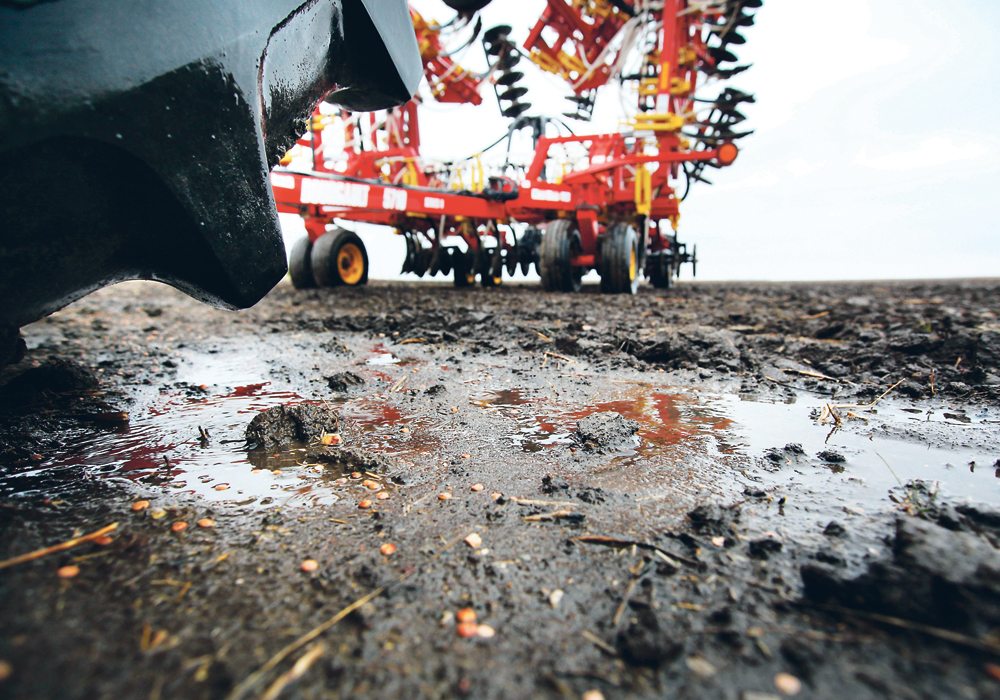Temperatures are expected to be slightly below seasonal, but not extremely cold, for the next three months
A forecast for more precipitation could have southern prairie producers breathing easier this spring.
“In terms of precipitation, we are expecting a more active pattern across the extreme south,” Nadine Powell from The Weather Network said Feb. 26.
“But we’re not going to see anything too excessive.”
This would be welcome relief for some producers who received less than 25 millimetres during the entire growing season last year.
“So basically, closer to the international border, precipitation numbers may be a bit higher than normal, but the further north you go towards central sections, that’s where we’re expecting amounts to basically average off to seasonal values,” said the forecaster.
Read Also

Farming Smarter receives financial boost from Alberta government for potato research
Farming Smarter near Lethbridge got a boost to its research equipment, thanks to the Alberta government’s increase in funding for research associations.
A weakening La Nina pattern with cooler than seasonal temperatures is showing movement into a more neutral position heading into spring and perhaps summer.
As a result, during the next three months temperatures are expected to be slightly below seasonal, but not extremely cold.
“You don’t have to head that far north. Even just north of Highway 1, that’s where you get into slightly cooler and drier conditions,” she said.
A lack of insulating snow cover throughout much of the Prairies could exasperate spring seeding from the point of view of colder soil temperatures.
However, soils will warm faster under increased daylight.
“It can be a bit two-fold because from one point of view, your snow cover can give you a little bit of insulation from the really extreme cold. We haven’t seen that, but at the same time there will be a bit of warming. At least that will help to warm the soil a little bit faster for us,” she said.
While excessive flooding is not expected, she said frost might be a concern from lack of snow.
“Frost will be a bit tricky and you don’t necessarily have to get down to very, very cold conditions to get into frost. I would say, though, that because we don’t have that much snow cover on the ground right now that the frost might be an issue. For frost, you basically need clear skies, calm winds and that can occur under really calm conditions,” she said.
Powell thinks that upcoming precipitation generally will not replenish below average subsurface soil moisture that exists in many areas.
“We’re not really expecting that we will see significant additions to seasonal precipitation volumes. Going forward to March, April and May normal precipitation values for the area is just about 100 mm and that’s the equivalent regardless of whether you get rain or snow,” she said.
“We’re really not anticipating that that number will deviate too far off of that except in areas across the extreme south.”
In the near future, meteorologists are tracking some additional snowfall moving through mainly central sections and toward the south.
“Over the next couple of weeks, we may see some additions or topping up of the southern sections becoming more active as opposed to where we’ve seen much of a snow during the last few months further to the north. So at least we may see a bit of a transition or at least areas further to the south adding or sharing in some of that activity, but not necessarily extremely wet. Just above average,” she said.


















